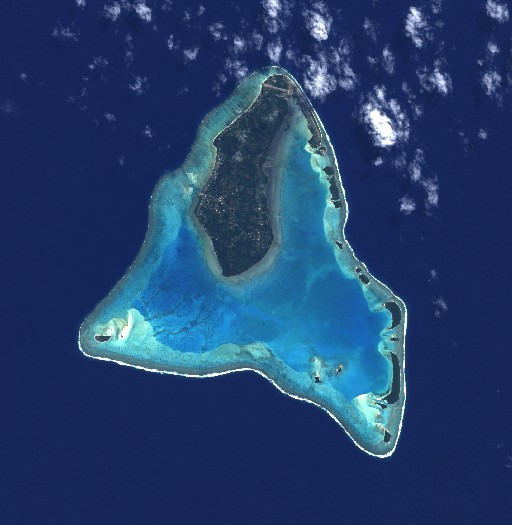During our trip to the Cook Islands we were introduced to Morinda citrifolia, the noni tree. It bears about 50 flowers and creates a very unique looking fruit of a cream color. If your unsure of whether the plant your looking at is a noni, just take a nice whiff of the fruit. It is known for its repulsive cheesy smell. Although it is called the noni tree, it is a true shrub, ranging from 15-30 feet tall. The leaves are a dark green glossy color with vibrant veins.
This plant is known for it’s many medicinal purposes such as; treating bowel disorders, arthritis, allergies, healing burns, stings and most significantly Ciguatera fish poisoning. These are just a few of the many examples that were given regarding the healing powers of this incredible plant.











